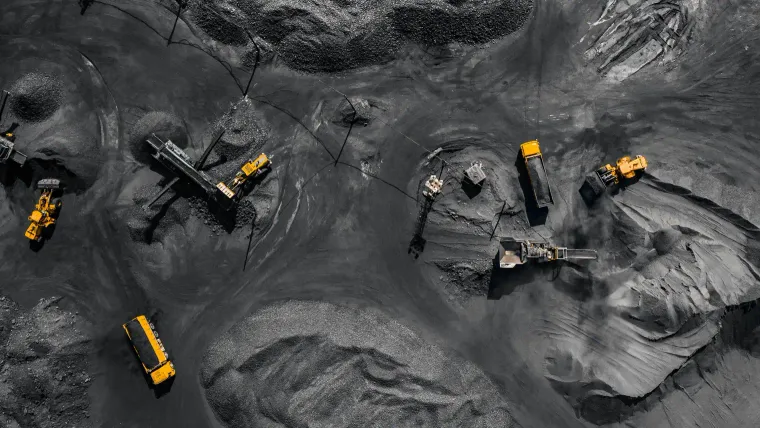We have mislabelled history.
Enamoured by the new efficiency of manufacturing and transport from 1760 onwards, we focussed on all the wrong things. As early as 1837, French economist Jérôme-Adolphe Blanqui coined the phrase "la révolution industrielle" to describe the changes he saw. [Source: Wikipedia].
However, this missed naming the real catalyst for the change.
At its heart, the Industrial Revolution was an Energy Revolution. It was about humans discovering how to convert heat into motion. We burnt coal to produce heat that boiled water. The pressure caused by the expansion of the resulting steam pushed pistons to create movement. That was the key to all of it.
Prior to this point, we relied upon animals to get us from A to B or upon unreliable winds to blow our ships across the oceans. We required human muscle to build what we wanted or the flow of river water to turn mills to grind our grain.
The steam engine unshackled us from these natural restrictions.
Factories no longer needed to be by rivers, but could be situated anywhere we wanted. Transporting goods and people across countries and oceans became so much faster than ever before. Even time was no longer based upon the movement of the sun but on Greenwich Mean Time, which British railways adopted in 1847 for their timetables.
No wonder we embraced a dirty fuel and lost our connection with nature along the way.
Perhaps part of the reason the energy revolution stalled is that we simply never saw it as an energy revolution.


